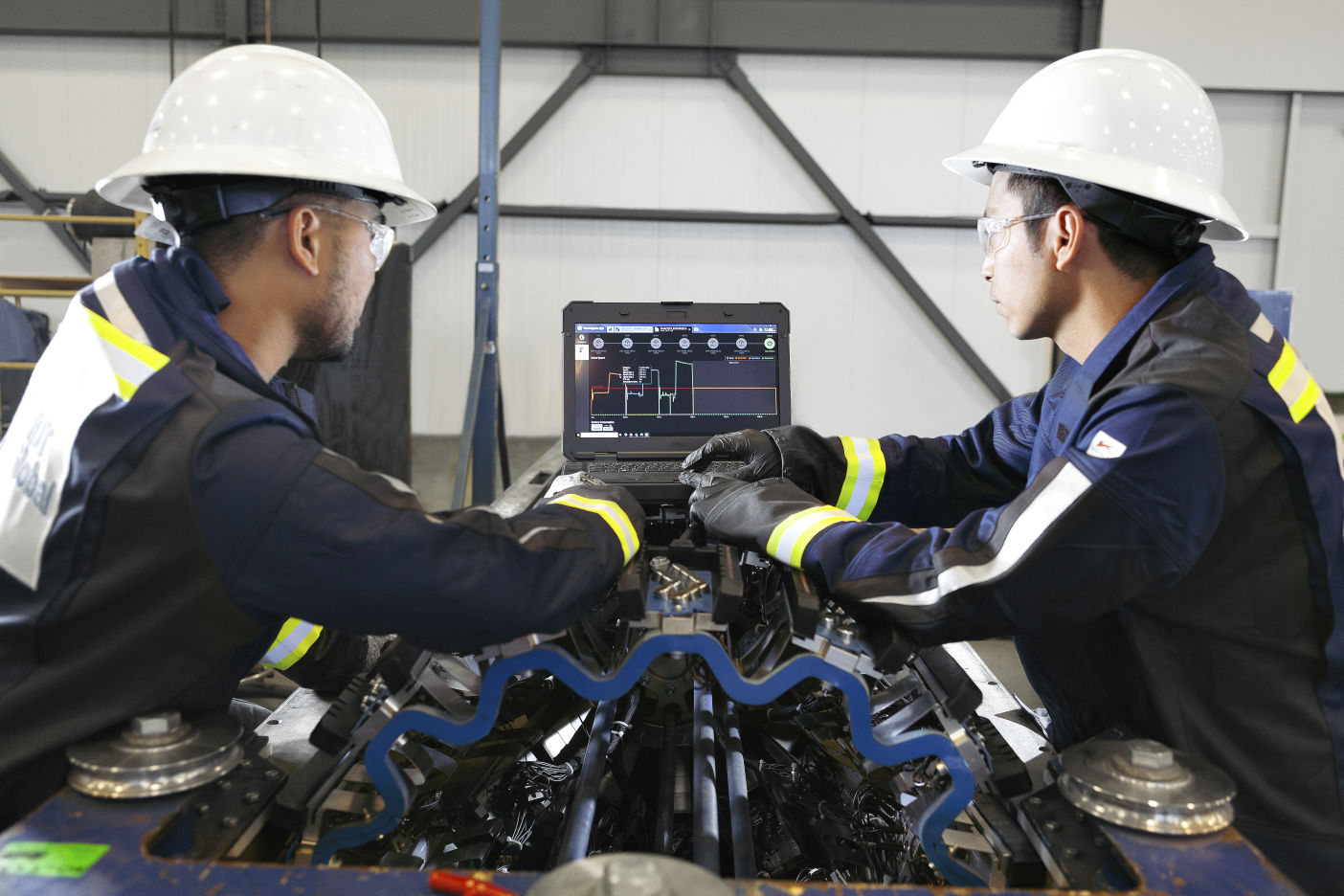A new gas line with internal 3 mm (0.12 in.) stainless steel CRA cladding experienced a failureThe inability of a pipeline system to fulfill its intended function or meet the required performance criteria. Pipeline failures can have significant consequenc…. This 16" pipeline was commissioned early in 2013 and only occasionally used prior to the incidentAn unplanned event or occurrence that has the potential to cause harm, damage, or disruption to people, the environment, or assets. Incidents can range in sever…. The failure consisted of circumferentialAn event that occurs or is measured along the circumference of a pipeline. It implies the direction or orientation that is perpendicular to the longitudinal axi… cracking in a girth weldA girth weld is a type of weld used in pipelines to join two sections of pipe together circumferentially. It is commonly used in the construction of long-distan… at a pipe bendA change of direction of the pipeline, in either the horizontal or the vertical planes, or in a combination of both. A bend is primarily defined by its angle (i… and an investigation team recommended a complete inspectionThe systematic process of visually examining, testing, or monitoring pipeline components to assess their condition, integrity, and compliance with regulatory re… of all weldLocalized coalescence of metals produced by heating the materials to the welding temperature, with or without the application of pressure, or by the application… joints on this 10 km (6 mile) line.
Following the failure, the line was shut down and depressurized. However, this critical piece of infrastructure could be required to be operational at short notice, so an accelerated solution was needed to ensure the safe resumption of this operation. The inspectionThe systematic process of visually examining, testing, or monitoring pipeline components to assess their condition, integrity, and compliance with regulatory re… needed to identify additional areas with lack of fusionA welding defect that can occur during the fabrication or construction of pipelines, pressure vessels, and other equipment. It refers to an incomplete fusion be… or other crackA fracture or discontinuity in the wall of a pipeline, where the material is separated or broken, potentially compromising the integrity and safety of the pipel…-like anomalies in all girth welds along the pipeline.
Identification of circumferentialAn event that occurs or is measured along the circumference of a pipeline. It implies the direction or orientation that is perpendicular to the longitudinal axi… cracks is one of the most challenging tasks for inline inspection (ILI)A method used to assess the the integrity and condition of pipelines. It involves the use of specialized tools that are inserted into the pipeline and propelled…. Older magnetic flux leakage (MFL)A type of non-destructive evaluation used on inline inspection (ILI) technology in which a magnetic field is induced in the pipe wall to detect, classify, and c… technology is not suitable for identification of these types of features and in addition cannot be used with cladded pipes due to the non-magnetic CRA lining. EMAT technology is similarly unsuitable and so only an ultrasonic technology (UT)Systems used in non-destructive testing that utilize sound waves to detect, identify, and measure anomalies within a pipeline integrity test or management progr… inspectionThe systematic process of visually examining, testing, or monitoring pipeline components to assess their condition, integrity, and compliance with regulatory re… was appropriate for these specific threats.
Although UT inspectionThe systematic process of visually examining, testing, or monitoring pipeline components to assess their condition, integrity, and compliance with regulatory re… was the only feasible means to inspect this line, doing so required that a liquid coupling medium be introduced and NDT Global was awarded this project having the skills and experience to manage both setup and inspection.




